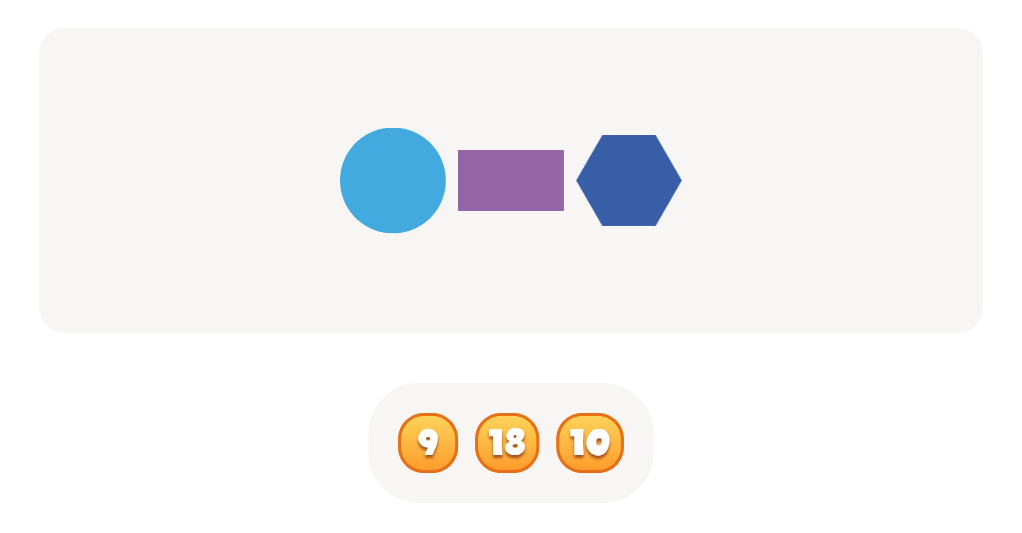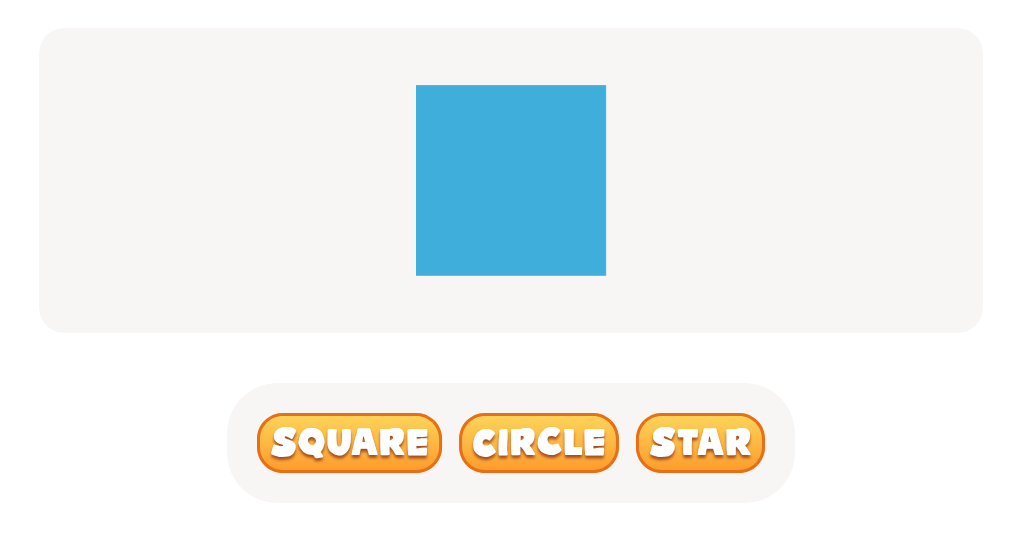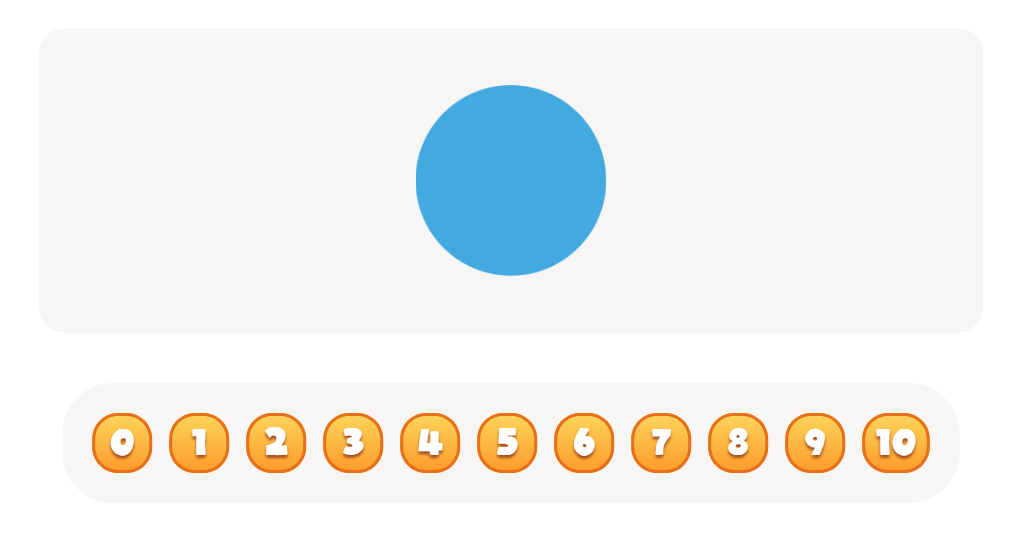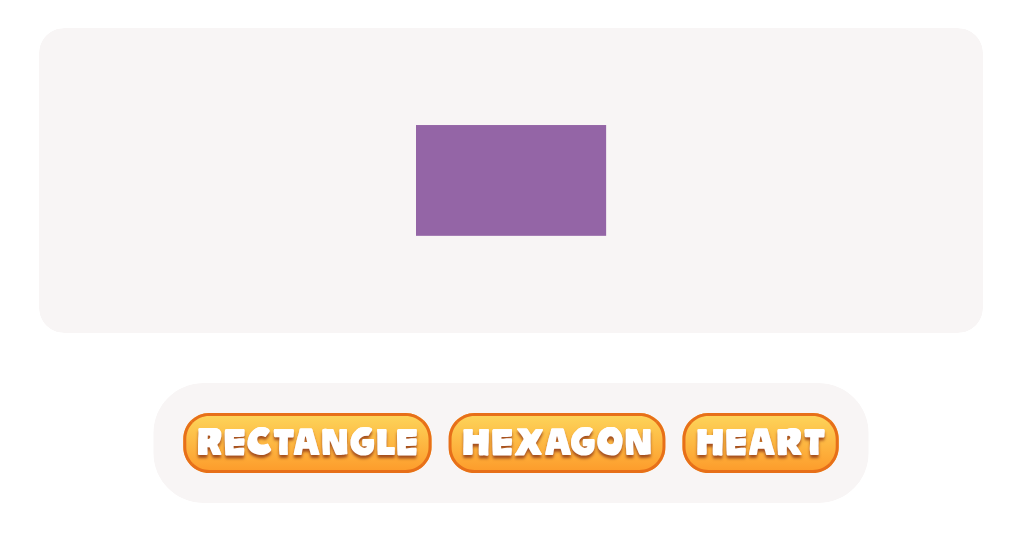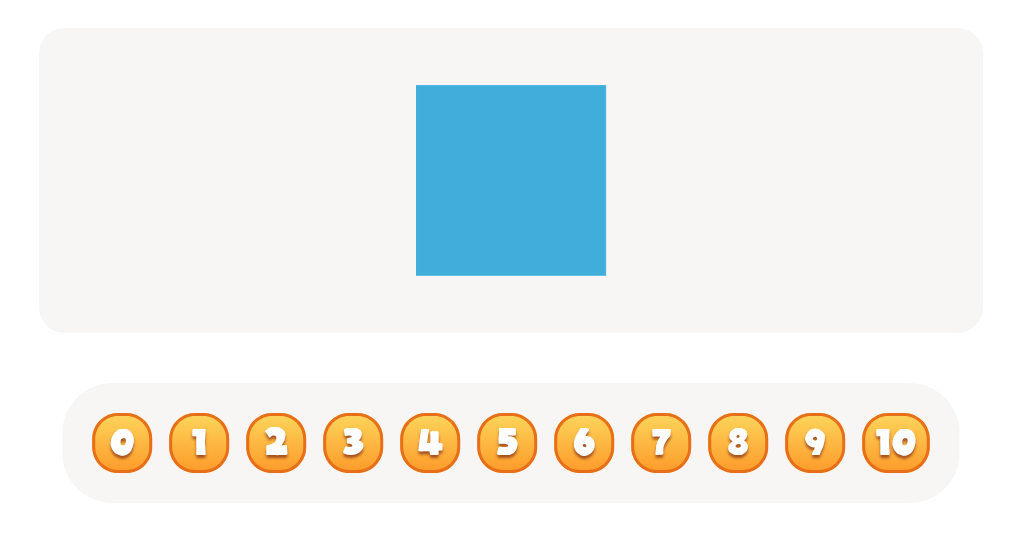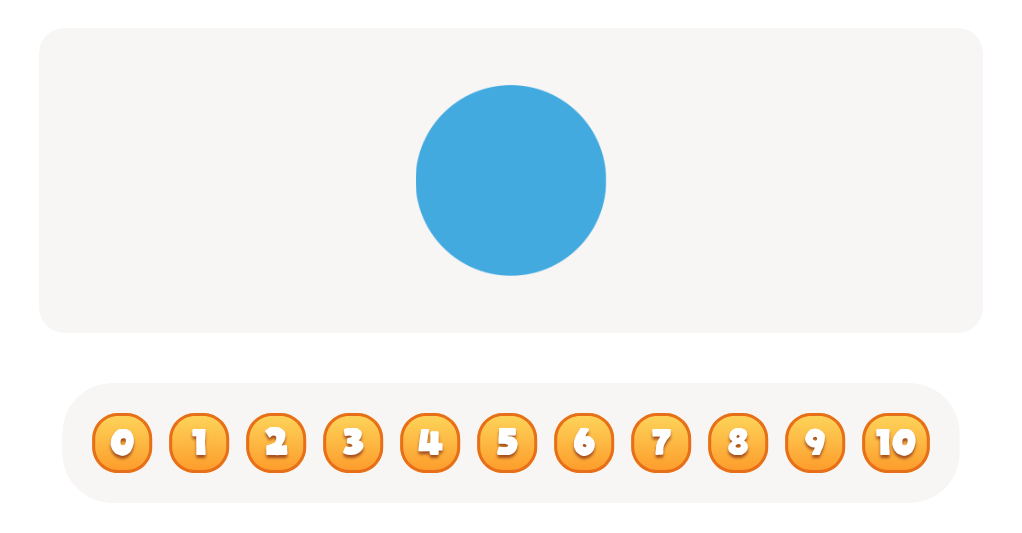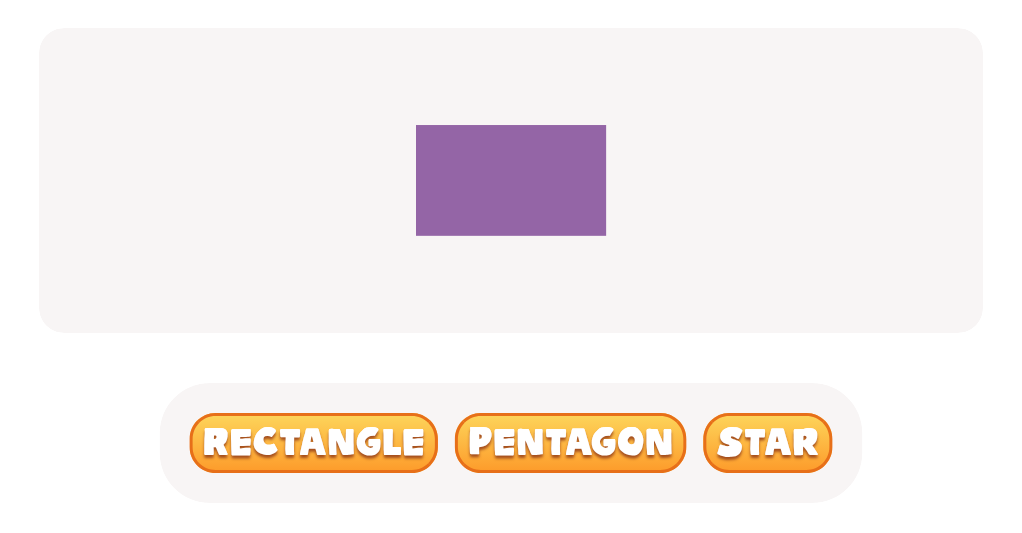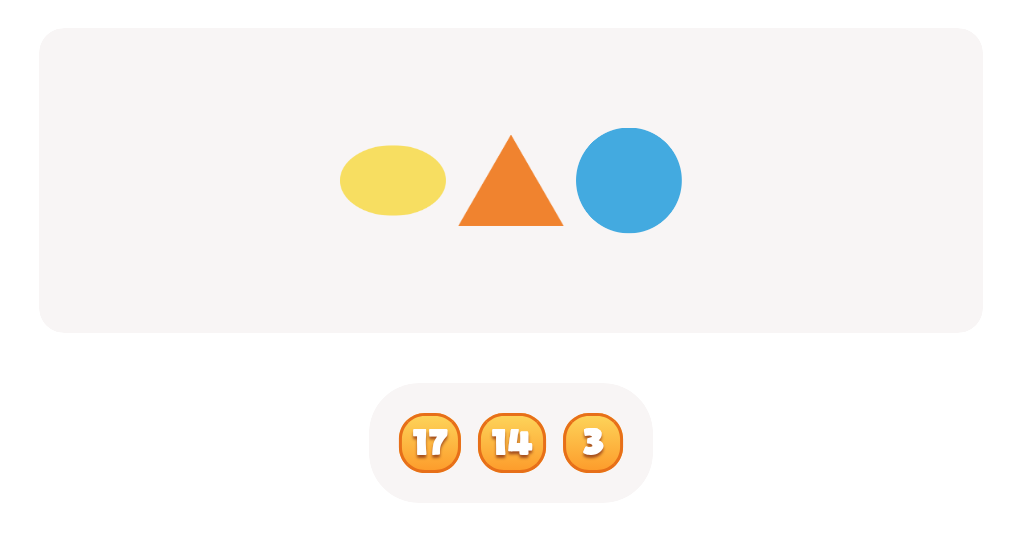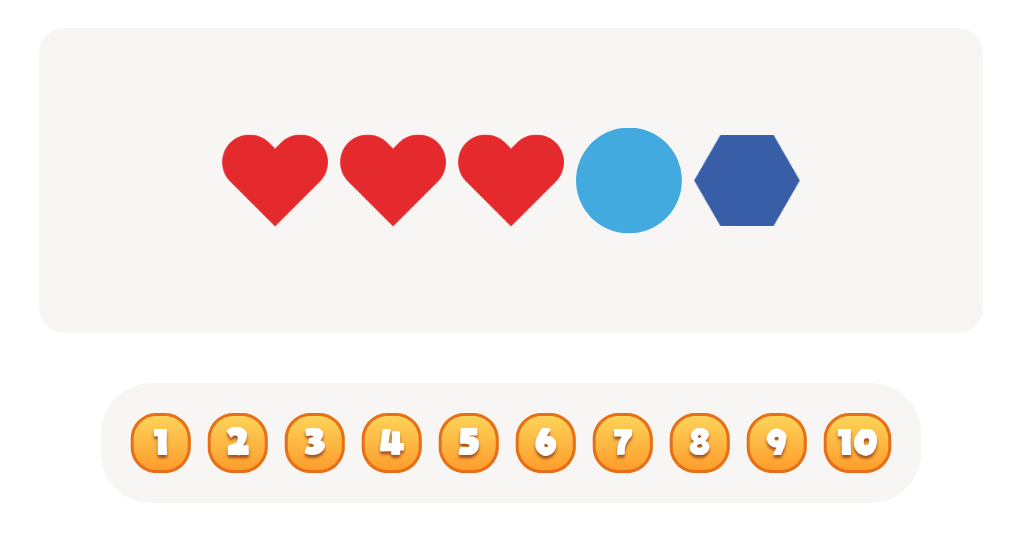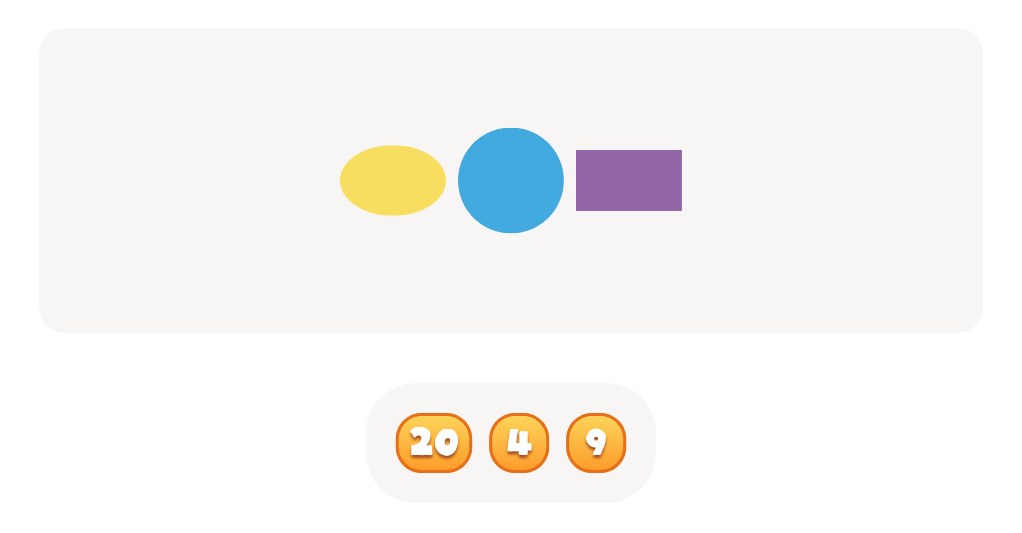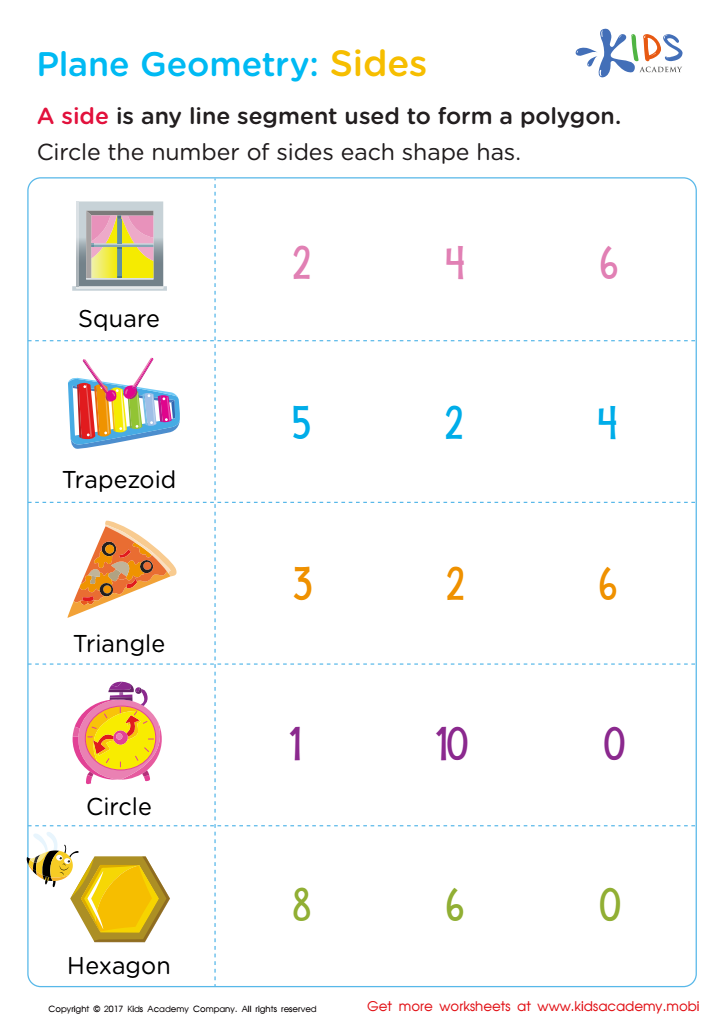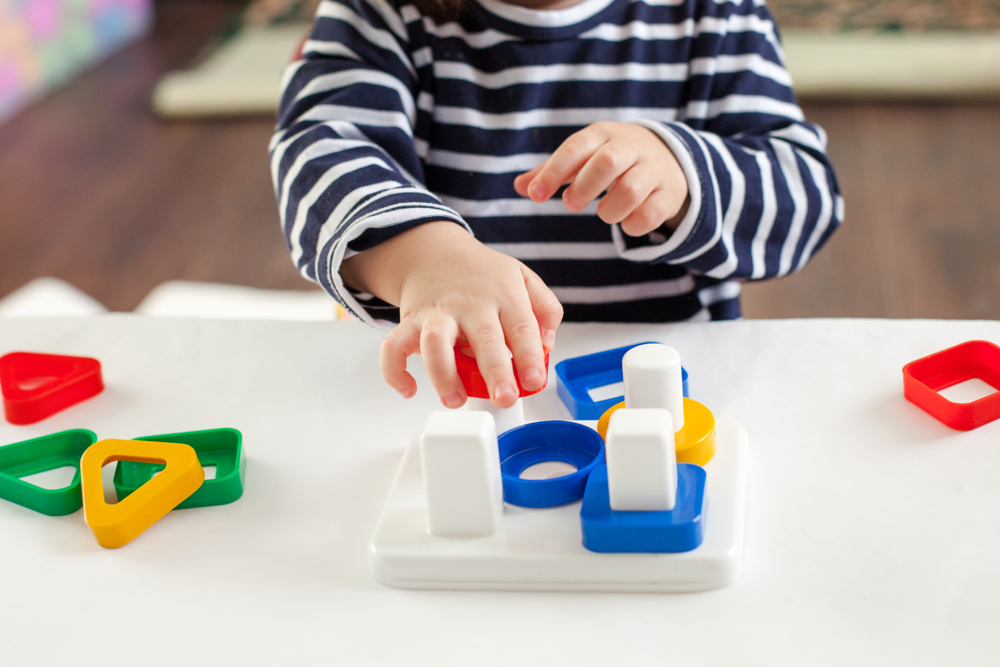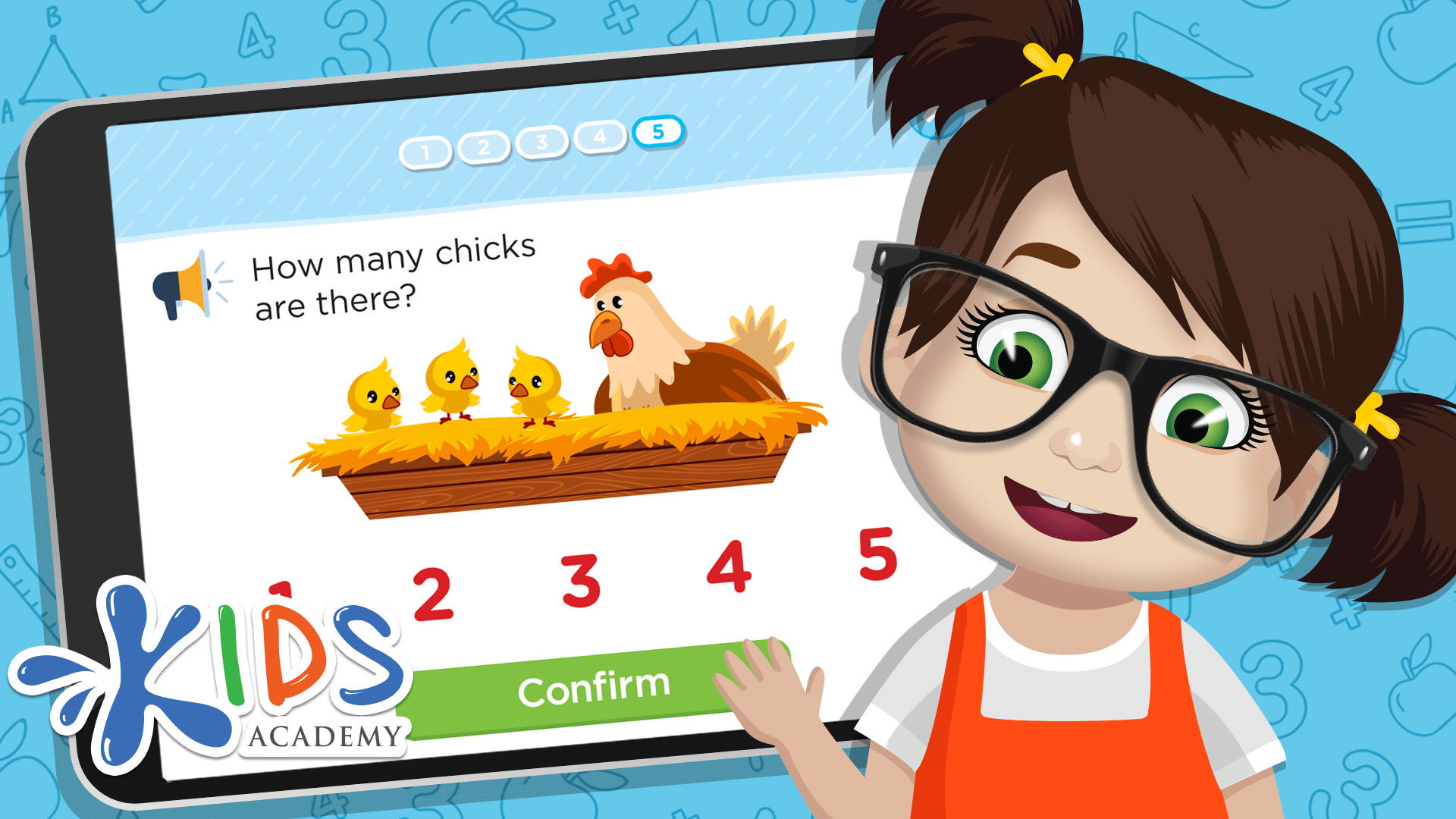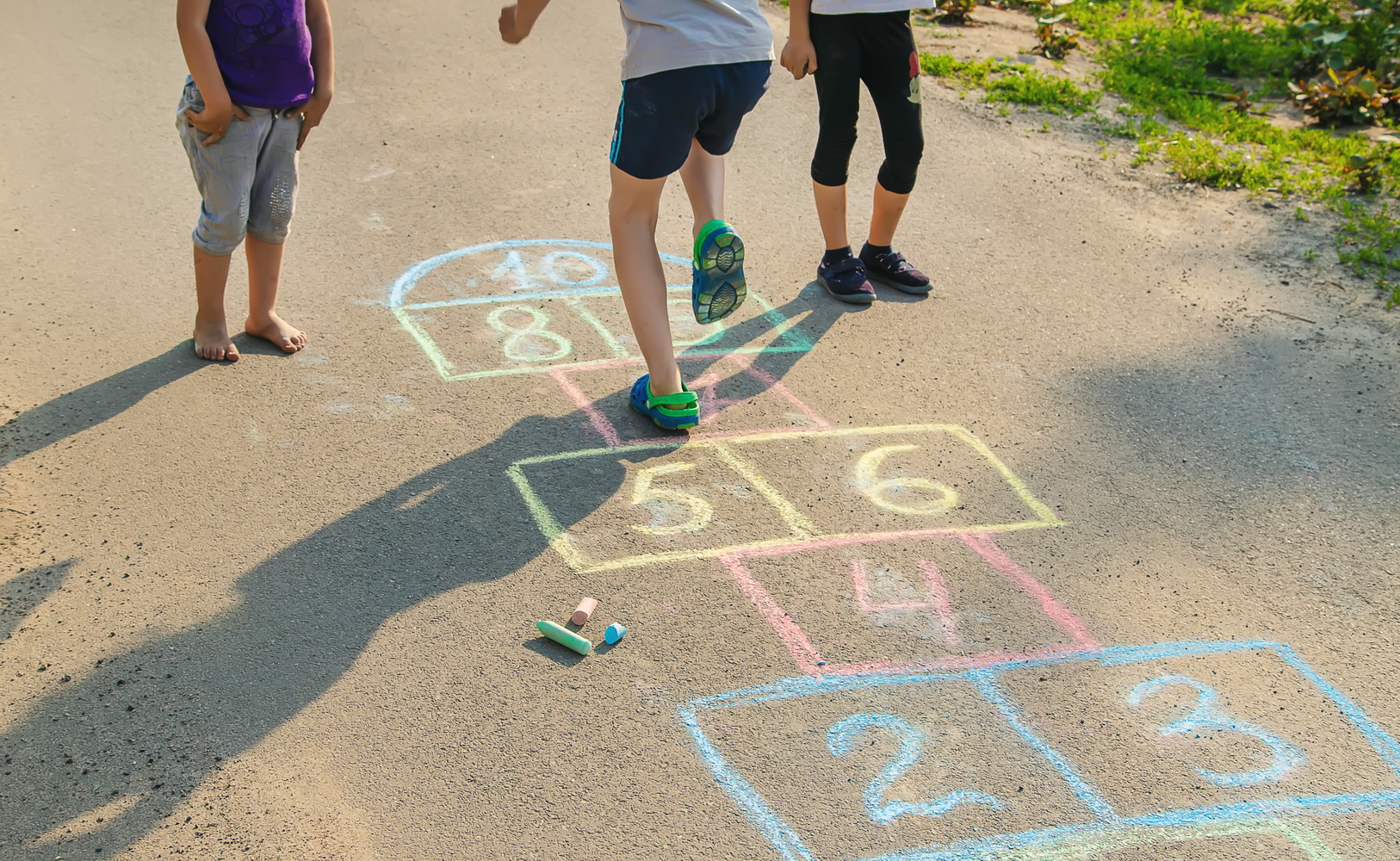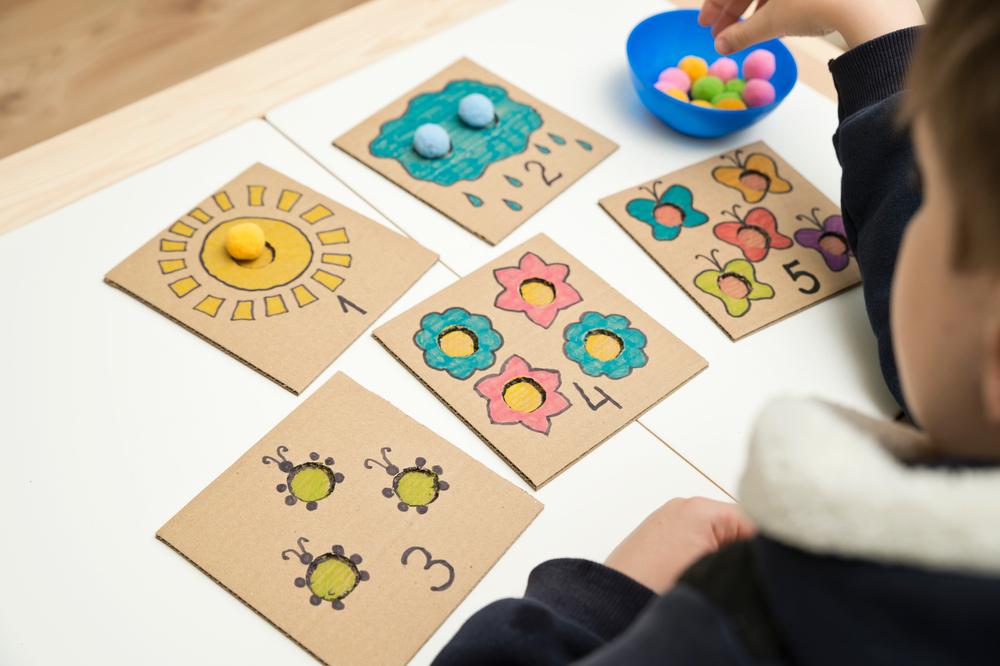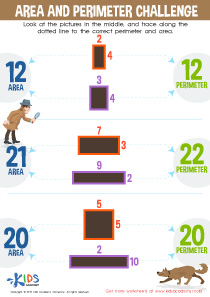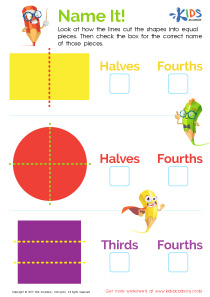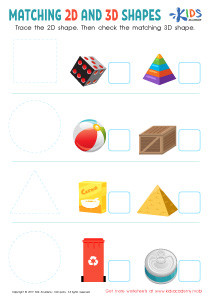Shape identification 2D Shapes Worksheets for 4-Year-Olds
8 filtered results
-
From - To
Introduce your little ones to the fascinating world of 2D shapes with our engaging Shape Identification worksheets designed specifically for 4-year-olds! Our fun and interactive resources help young learners recognize and differentiate between common shapes such as circles, squares, triangles, and rectangles. Each worksheet is crafted to enhance cognitive skills and foster a love for mathematics in a playful manner. With colorful visuals and age-appropriate activities, your child will enjoy learning while developing their critical thinking and problem-solving abilities. Download our Shape Identification worksheets today and watch your child confidently master 2D shapes with ease and excitement!
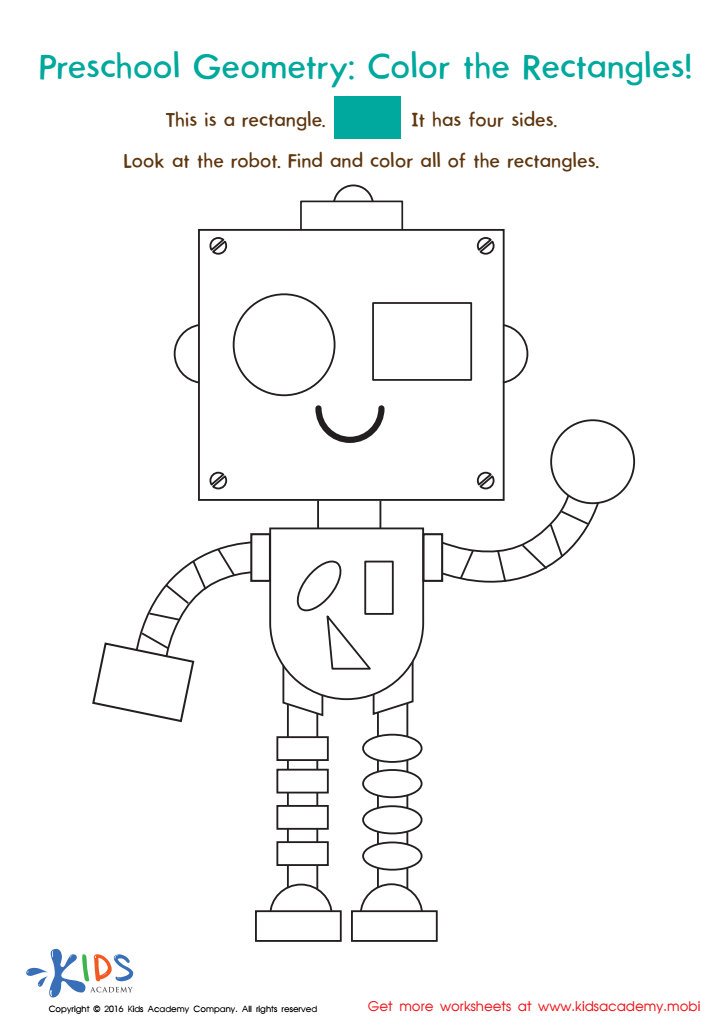

Geometry Worksheet
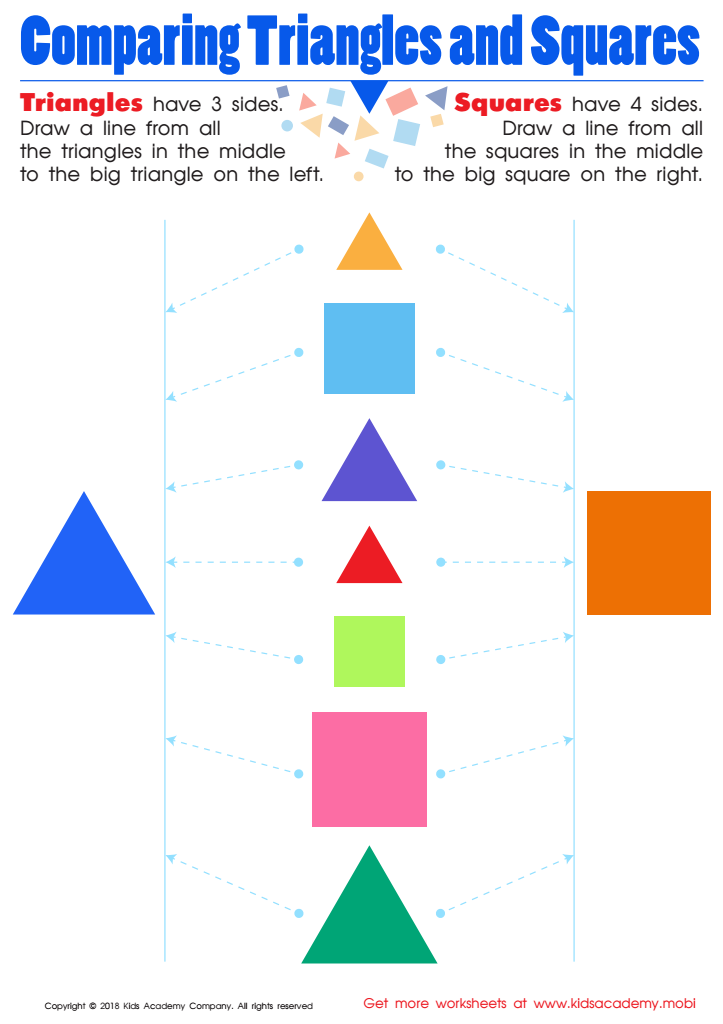

Comparing Triangles Squares Worksheet
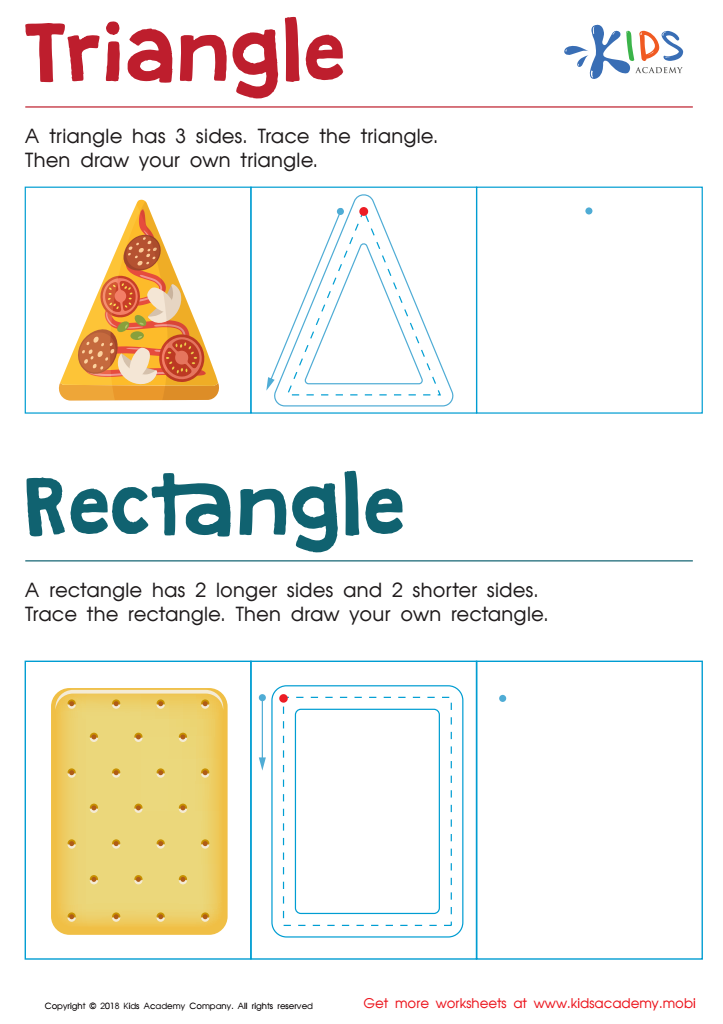

Triangle Rectangle Worksheet
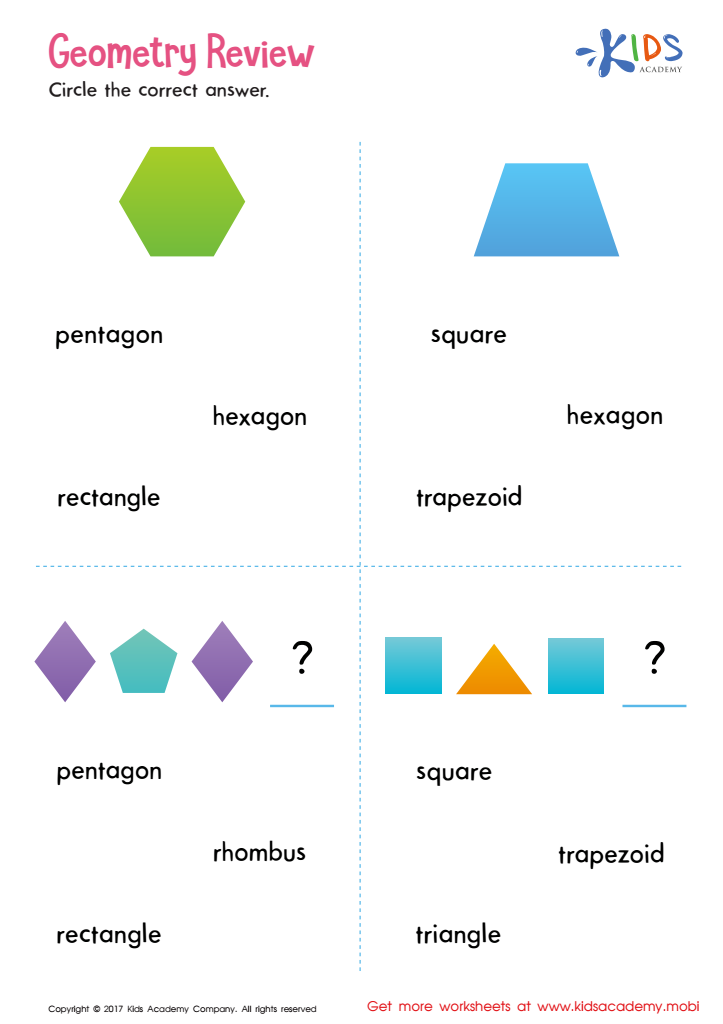

Geometry Review Printable
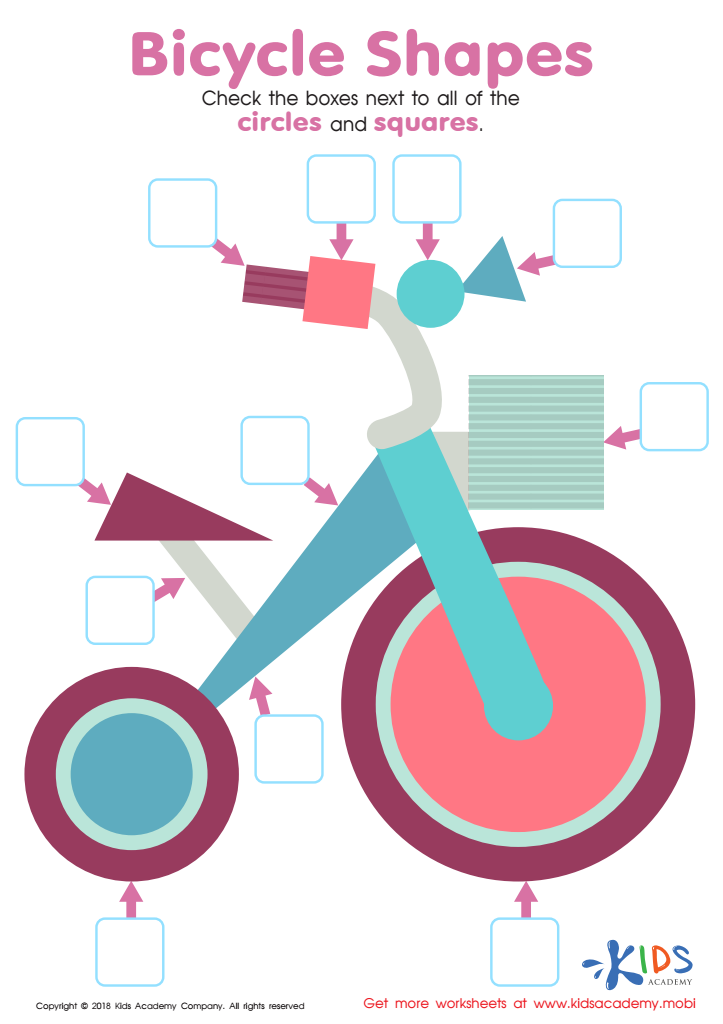

Bicycle Shapes Worksheet
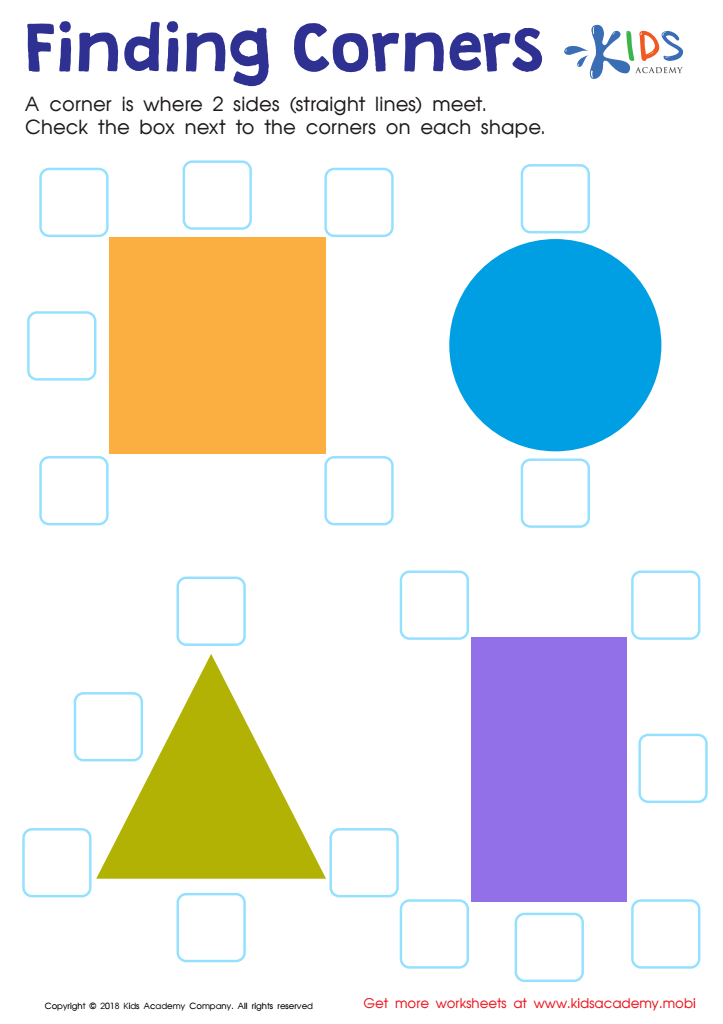

Finding Corners Worksheet
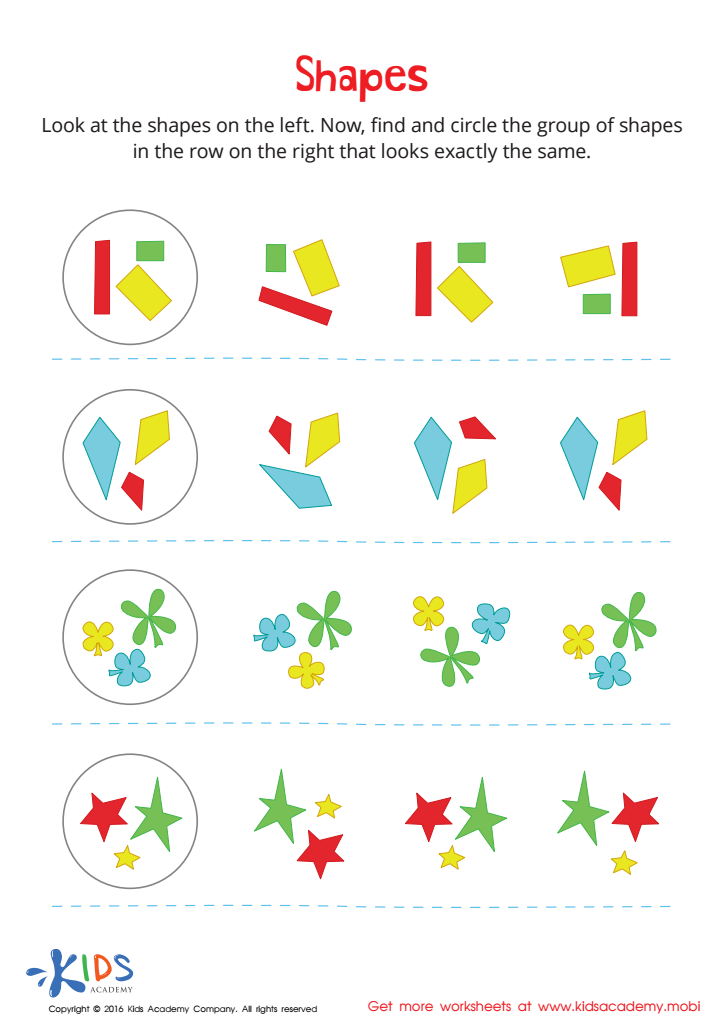

Shapes Worksheet
Shape identification is a fundamental skill for 4-year-olds that lays the groundwork for essential developmental milestones. Understanding 2D shapes—such as circles, squares, triangles, and rectangles—helps young children recognize and categorize the world around them. Shape recognition enhances cognitive abilities, such as spatial awareness and logical reasoning, allowing kids to understand how objects relate to one another in their environment.
Additionally, early shape identification fosters critical math skills. By learning shapes, children begin to grasp concepts of symmetry, patterns, and geometry, which are key components of early mathematics education. This foundational knowledge supports their confidence and competence as they progress in school.
Moreover, engaging in shape activities often promotes fine motor skills, such as cutting or tracing, and enhances language development as children learn to describe shapes and their attributes.
Finally, supporting shape recognition can bolster creativity and problem-solving abilities, as children experiment with arranging and combining shapes to create new forms. When parents and teachers prioritize shape identification, they not only help children navigate academic tasks but also empower them to explore their interests and develop a love for learning.
 Assign to My Students
Assign to My Students
